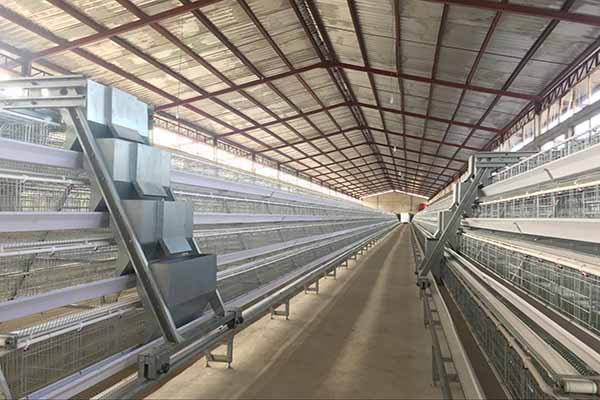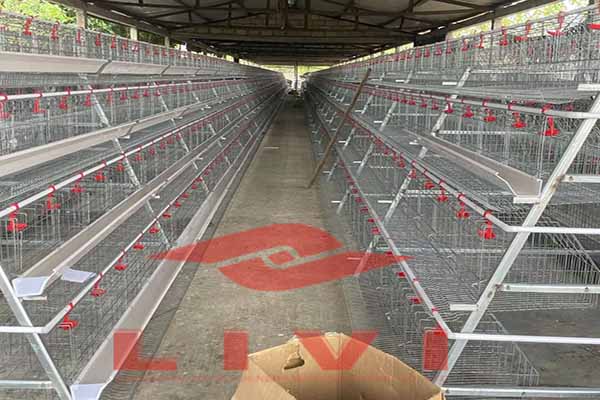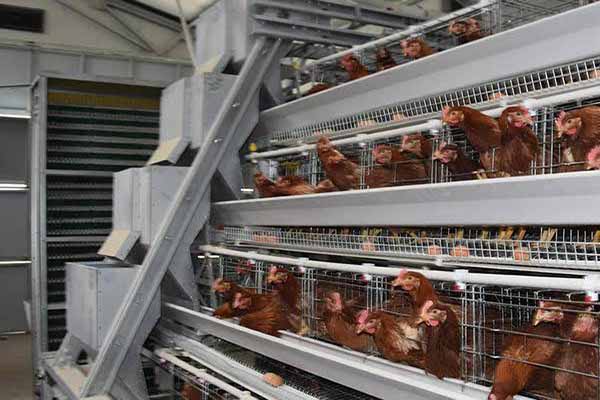
In the evolving landscape of modern poultry farming, selecting the right egg-laying chicken cage system is pivotal for optimizing production efficiency and animal welfare. Among popular configurations, the 4-layer cage system stands out for its balanced approach to space utilization and management effectiveness. This guide offers a detailed structural analysis of 4-layer chicken cages, contextualizes their applicability within Uganda’s specific market environment, and provides professional recommendations for poultry producers aiming to boost their operational outcomes.
The installation of scientifically designed chicken cages directly impacts flock health, egg production rates, and farm profitability. Advanced cage systems enhance environmental control, reduce labor intensity, and streamline feeding as well as waste management. Livi Machinery (利维机械) has been instrumental in delivering customizable automated solutions that address these challenges while maximizing space efficiency.
| Layer System | Typical Capacity (Hens per Module) | Space Utilization | Advantages | Ideal Usage Scenarios |
|---|---|---|---|---|
| 3-Layer | 90-120 hens | Moderate | Lower investment, simple setup | Small to medium farms |
| 4-Layer | 120-160 hens | High | Optimal balance of capacity and manageability | Medium to large farms, automated operations |
| 5-Layer | 160-200 hens | Very High | Maximum space efficiency, higher capital costs | Large-scale industrial farms |
Appropriate stocking density is critical for maximizing egg yield without compromising hen welfare. According to industry benchmarks, an optimal space allocation of approximately 450-550 cm² per hen is recommended in cage systems to maintain healthy conditions. The 4-layer cages from Livi Machinery strike this balance effectively, accommodating up to 160 hens per module with a controlled density that minimizes stress and disease risk.
Studies show that overstocking by more than 10% beyond recommended densities can cause a decline in daily egg production by up to 8%, and increase mortality rates by 2-5%. Conversely, well-configured 4-layer cages improve airflow and manure removal efficiency, boosting overall production by 12% compared to traditional 3-layer setups.
Uganda’s poultry sector is characterized by varied farm sizes and infrastructural limitations, requiring adaptable cage systems. The moderate vertical height and footprint of the 4-layer system make it suitable for typical Uganda farmhouses that may have restricted space clearance. Additionally, Livi Machinery offers configurations resistant to local climatic conditions, including corrosion-resistant coatings and reinforced frames to address humidity and dust challenges common in Ugandan settings.
Moreover, these cages’ modular design supports incremental capacity expansion, enabling farmers to scale operations in phases without heavy initial investment.
Automated features fundamentally improve operational efficiency in multi-layer cage installations. Livi Machinery’s systems integrate automated feeding lines, self-cleaning manure belts, and precision egg collection trays to minimize labor dependency and error rates.
For example, automated manure removal decreases ammonia buildup by approximately 30%, resulting in improved air quality and reduced respiratory illnesses among hens. Automatic egg collection reduces breakage rates by up to 15%, directly boosting marketable yield.
Livi Machinery’s 4-layer egg-laying chicken cages offer an industry-leading solution combining advanced structural design, adaptability to Uganda’s environmental needs, and automation capabilities to elevate farm productivity and profitability.
To explore tailored cage configurations that suit your farm’s unique requirements and maximize your production potential, contact Livi Machinery today and revolutionize your egg-laying operations.




